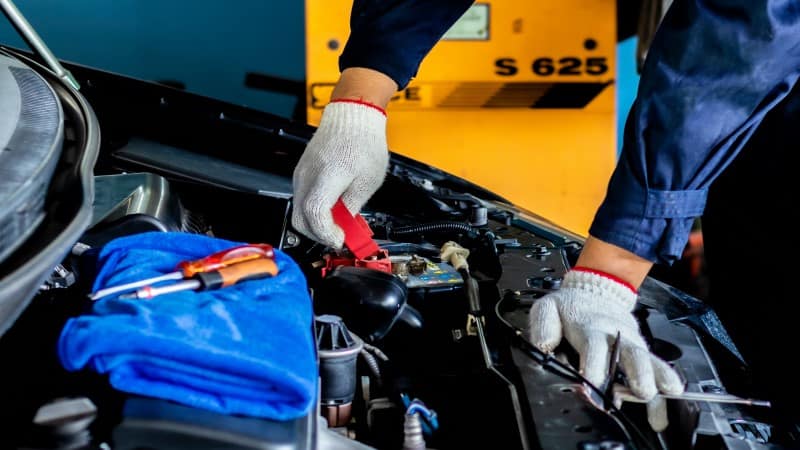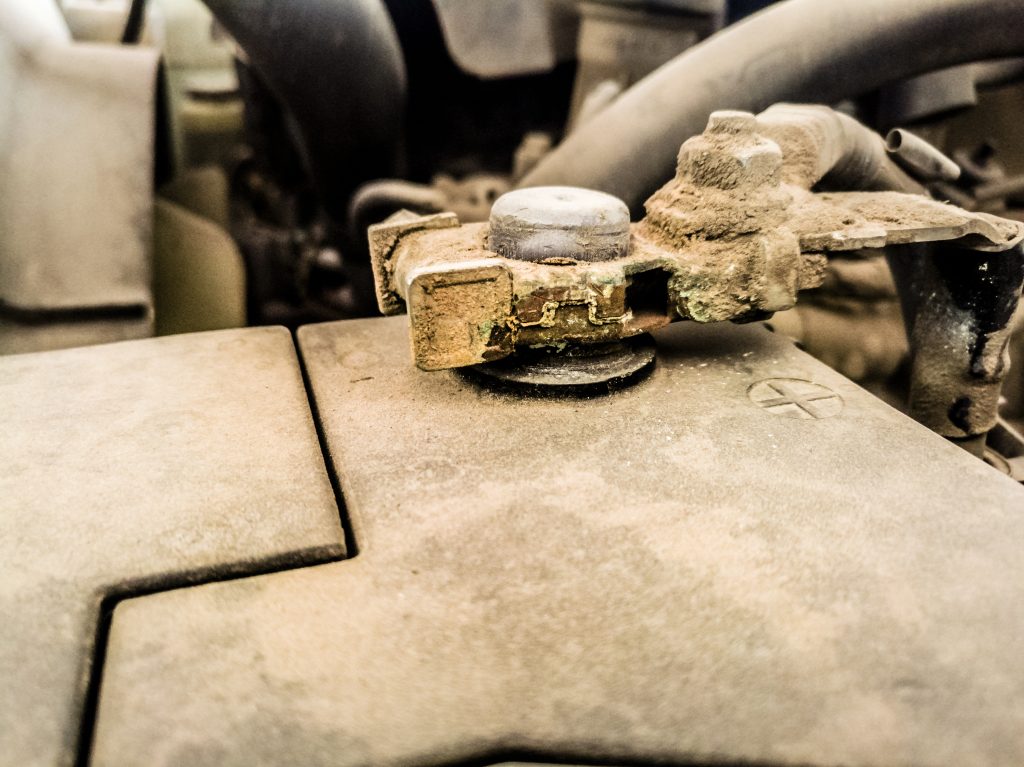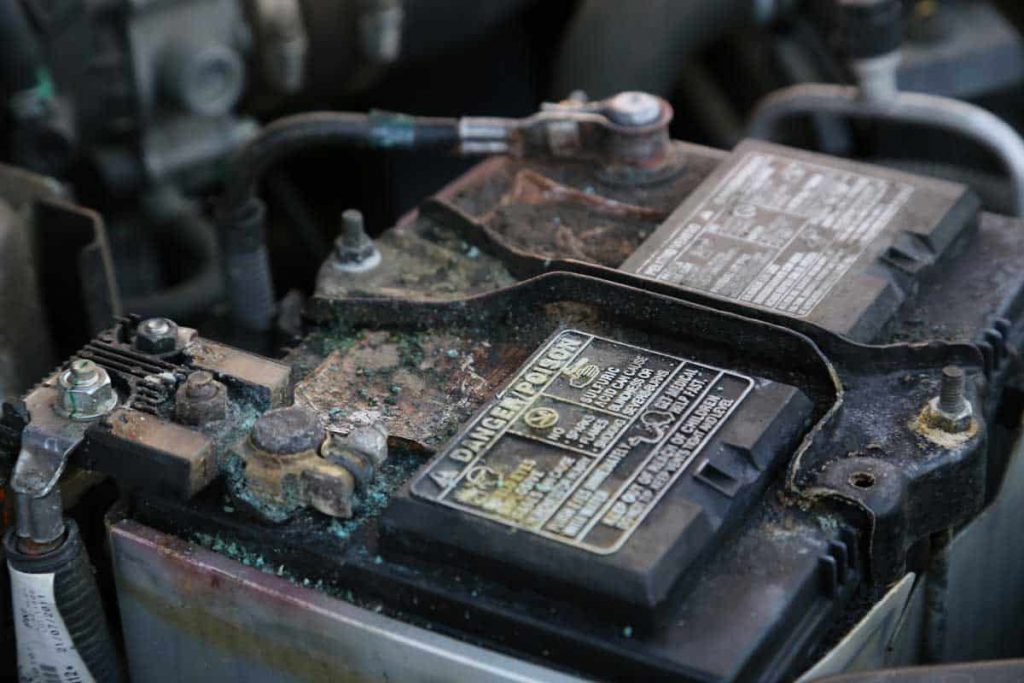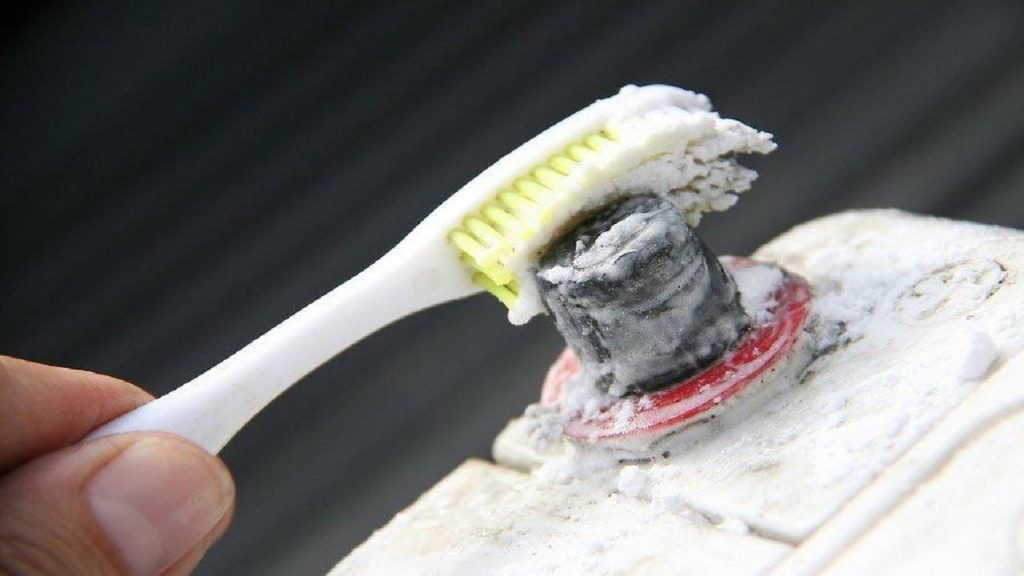
Battery corrosion in car batteries is a widespread problem. The longer the battery is used, or the terminals are left uncleaned, the more likely it is that the battery will corrode. Let’s review some of the main reasons and problems it can cause.
There are several things that can cause batteries to corrode. Overcharging can cause car battery corrosion of the battery’s positive terminal. If both terminals are corroded, a chemical reaction may occur in the battery clips when current is passed through them. The age and construction of the clip also plays a role. Another common source of corrosion is exposure to these elements.
Since there are many different causes, meanings, and signs of car health behind car battery terminal corrosion, it may be helpful to get more in-depth information. That’s what we’re here for! Let’s dive into what you need to know about automotive corrosion.
What does corrosion look like
Car corrosion often looks like a crystalline powdery buildup on the battery. It is usually white, blue or a mixture of both. It looks like your battery is starting to grow rocks or mold. When it comes to helping you start your car in the morning before going to work or sending your kids to school, neither of these options is a good one.
If you look at your battery and see anything similar to what we just described, your battery has started to corrode. This issue requires attention.

What causes car batteries to only corrode the positive electrode
If your battery is only developing corrosion on the positive terminal, this is usually a sign or indication that your batteries are overcharged. Have you ever left your phone on the charger for too long and noticed when you took it off that it was hotter than it should be, or even hot occasionally? Although the approach is a bit different, the idea
When your car battery is overcharged, the chemicals in the battery, especially the electrolytes, move rapidly due to the excess energy they gain. The kinetic energy from this movement creates heat that can be felt outside the battery. The volume of electrolyte in the battery increases with flow, causing the battery to swell, which is also observed in many mobile phones.
Once the volume increase reaches a critical point, hydrogen gas will start to escape through any vents, cracks or weak spots in the battery. There is not much chance of escaping the car’s gas, electricity, chemical reactions between the medallion of the terminal itself and the electrolyte, which can form a visible buildup on the terminal.
How is the corrosion of the two terminals
Over time, the battery can develop corrosion around its ports, resulting in poor connections, slowing engine cranking and shortening battery life. The white powdery substance is corrosion that forms on the battery terminals. Battery corrosion is the reaction of gas leaking acid inside the battery.
Corrosion on both terminals may indicate a chemical reaction between the copper of the clip and the current passing through them to the terminals.
Since your battery needs to stay connected to the car, there’s not much you can do to prevent this from happening. What you can do is keep the connection dry and clean. This will reduce the rate of corrosion formation. If it happens frequently or accumulates too quickly, check the date on the battery. Older batteries will develop car battery corrosion faster. Cars that sit for long periods of time without starting are also more prone to corrosion.
It is also possible that there are leaks around the terminal, which can also lead to build-up. Regardless of what you think is causing it, regular battery checks won’t hurt.

What causes the battery itself to corrode (not on the terminal)
It depends on the type of battery. Certain batteries require water to be added, and overfilling the battery can cause electrolyte leakage, which means corrosion.
Corrosion can also occur when a battery ruptures or ruptures and fluid leaks. A typical example that you may have observed yourself is a TV remote or possibly an old toy. When a battery leaks or ruptures, it can build up in devices with ruptured batteries. This is a good example of corrosion. If you see any form of corrosion or buildup on your batteries, there’s a good chance there’s a crack or leak. You need to check the battery and most likely need to replace the battery.
Are corroded battery terminals making your car unstartable
Yes! When the positive terminal is corroded, depending on how much the terminal corrodes, the battery may not get enough power to start the car.
When the negative electrode is corroded, there is a good chance your car won’t start even if the battery has the necessary charge. Car battery corrosion on the terminals can hinder charging, and if there isn’t enough contact between the terminals and the clips, there won’t be enough power to ignite the engine’s starting process.
So although the reasons are different, the result is the same. Corrosion in either battery terminal will prevent your car from starting.
Is battery corrosion dangerous
Corrosion itself isn’t dangerous, but it doesn’t have much of a health impact on cars and batteries.
Corrosion on the battery terminals can be a reaction between the copper and the current passing through them, or it can be leakage at the bottom of the terminals. Corrosion elsewhere indicates that the battery is likely to be leaking, which means the battery itself is damaged.
If the battery is damaged, in the worst case, it could explode. Depending on the severity of the leak, the acid could spread to other parts of the car, causing widespread damage, which could give you a range of problems, from not starting your car to exploding your car. In an ideal world, none of this would happen!
If you notice battery corrosion, check it out. While it has the potential to be benign, you don’t want to risk it.
How to clean battery corrosion
Corrosion on car battery can be easily removed from the battery’s terminals, but if the corrosion occurs anywhere else in the battery, don’t mess with it.
Make sure your car is turned off before attempting to remove corrosion from the battery. It will help prevent damage to your vehicle, car battery and you.
All you need to remove corrosion from battery terminals is a simple solution of warm water and baking soda. With the cable disconnected, take the toothbrush, dip it in the baking soda and water solution, and wipe it off. It should clean up quickly, leaving you with excellent clean terminals and cables.
After doing this, you should do a few things before reconnecting everything.
1. Check the battery and cables for tears, tears, or breaks. If anything is incomplete, you will need to replace it. Leaving damaged parts in the car is just looking for a mechanical fault.
2. When finished, dry everything thoroughly with a clean cloth. Pay special attention to any parts that conduct electricity, or are used to secure the cable back to the terminal.
3. There are several anti-corrosion sprays and coatings available for connections and terminals to help prevent acid build-up.

Conclusion
Buildup on the terminals can still come from leaks, and corrosion anywhere else on the battery is not a good sign. Moreover, if the chemistry of the battery is poor or the battery is old, it is more likely to show signs of corrosion than a new battery or a battery with a balanced internal chemistry. So while not all corrosion means your battery is bad, many bad batteries show signs of corrosion.

